This post may contain affiliate links which means I will get a commission if you make a purchase at no additional cost to you. As an Amazon Associate I earn from qualifying purchases. Please read my disclosure for details.
Grocery shopping in the 1960s was a far simpler affair, shaped by handwritten lists, glass bottles, and corner markets with personal charm.
Before big box stores and barcode scanners, it was more hands on and community centered. Many locals still recall how the food, service, and setting felt different, often warmer, slower, and more personal. It was not just about what you bought, but how you bought it, and who you saw while doing it.
Stores were Smaller and Family Owned
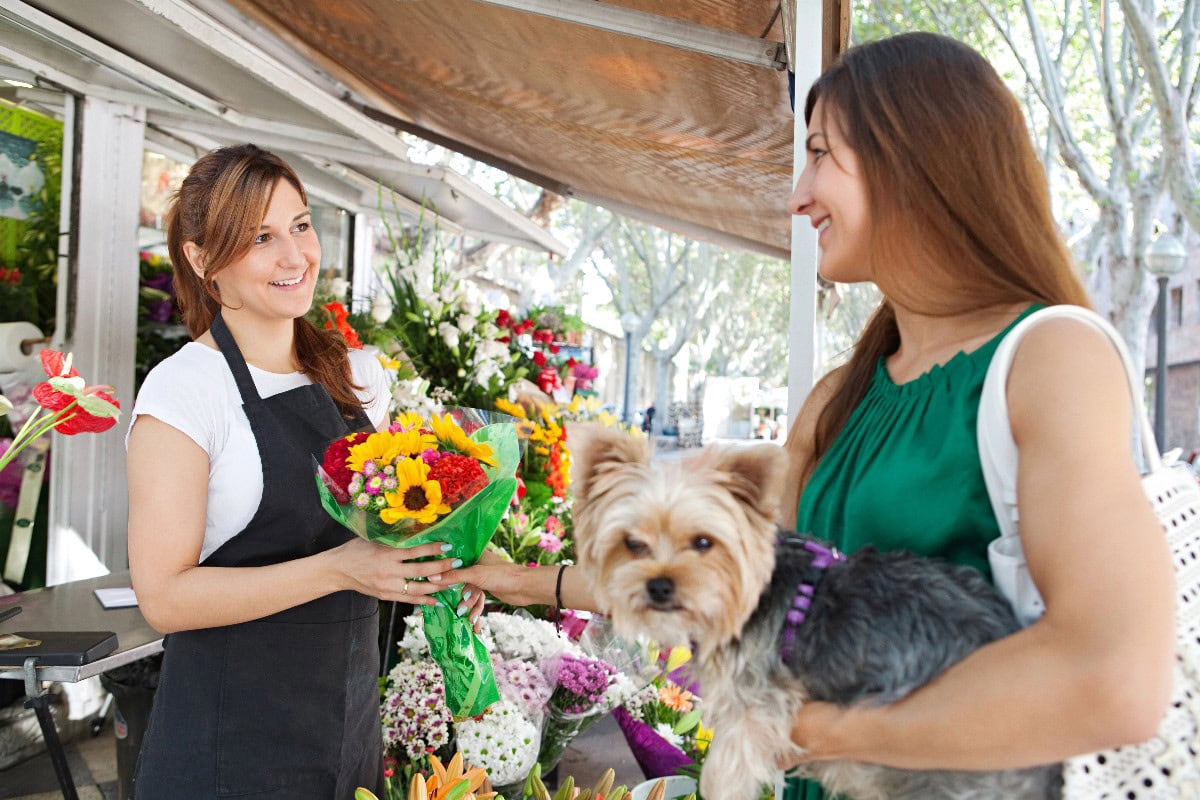
WANT TO SAVE THIS RECIPE?
Most neighborhoods had at least one small grocer where owners knew customers by name. Shoppers would often visit several stores, meat at the butcher, bread at the bakery, rather than rely on a single chain. That made it more of a community routine than a chore.
Weekly Specials were Written in Chalk

Instead of glossy flyers or digital apps, store deals were scribbled on chalkboards or window signs. Shoppers relied on word of mouth and in person visits to spot the best prices. It made shopping feel less like a strategy and more like a tradition.
Milk was Delivered, Not Picked Off a Shelf

Milkmen were a regular part of life in many towns, dropping off fresh bottles directly at the doorstep. In store, milk came in glass containers with paper caps, not plastic jugs. Many locals remember returning empty bottles for a deposit refund.
Shopping Carts were Metal and Clunky
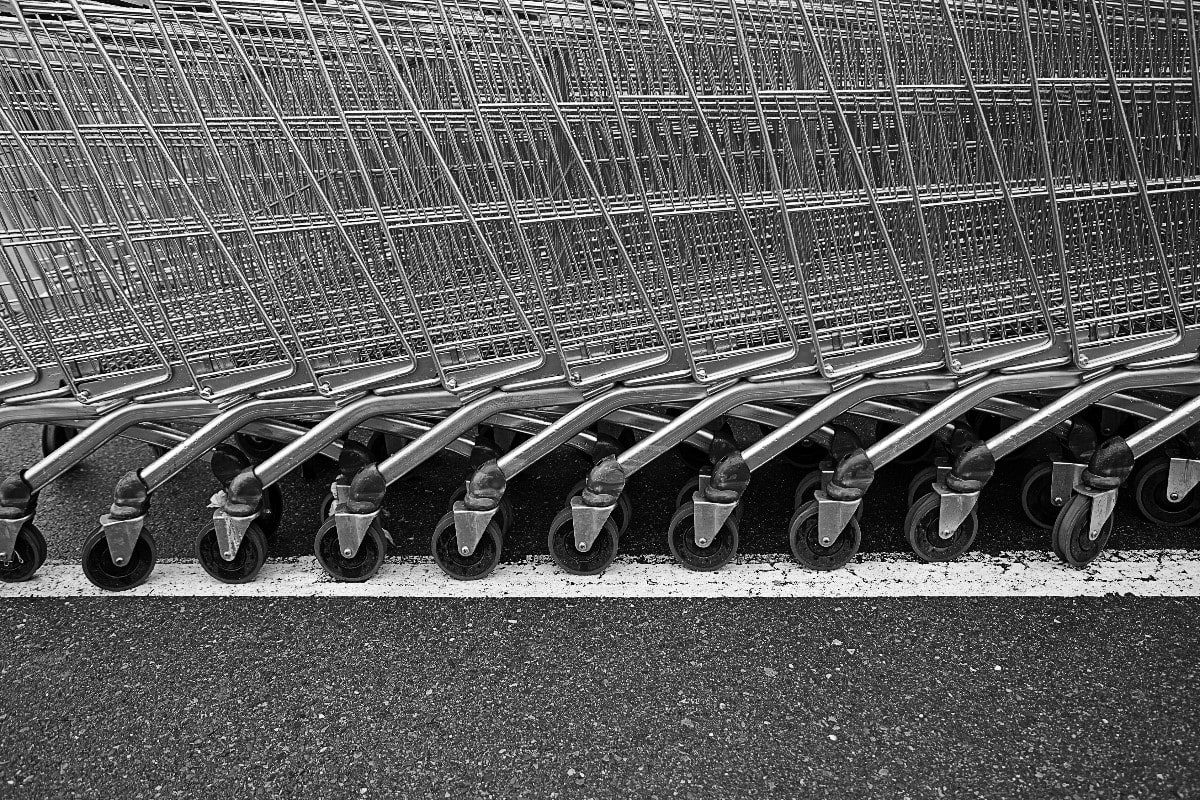
The carts were smaller, noisier, and less ergonomic than today’s smooth rolling versions. Some stores did not even offer them, and shoppers carried baskets instead. Kids often got the job of holding the list while adults focused on comparing prices.
Frozen Foods were Gaining Popularity
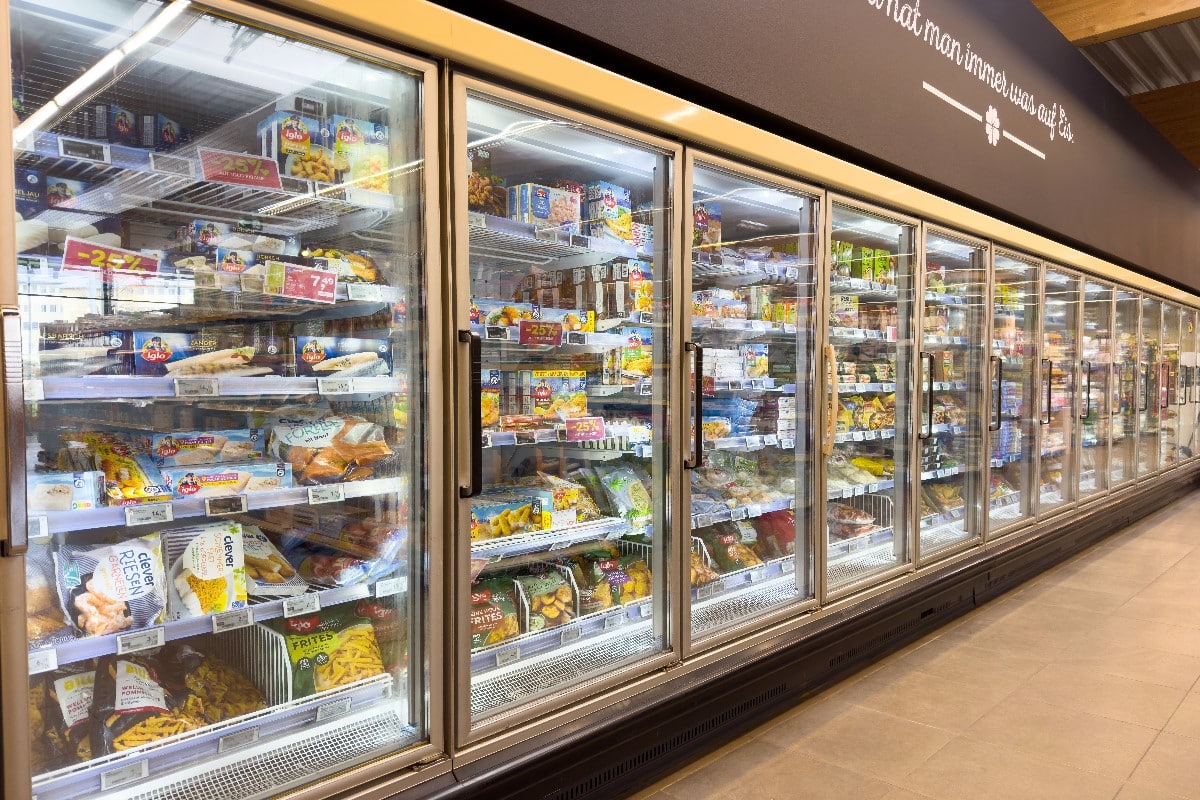
The 1960s saw a boom in frozen meals, with brands like Swanson and Morton filling grocery freezer sections. These TV dinners felt modern and convenient, offering full meals that needed only heating. For many families, it was their first taste of prepared food.
Prices were Much Lower, but So were Options
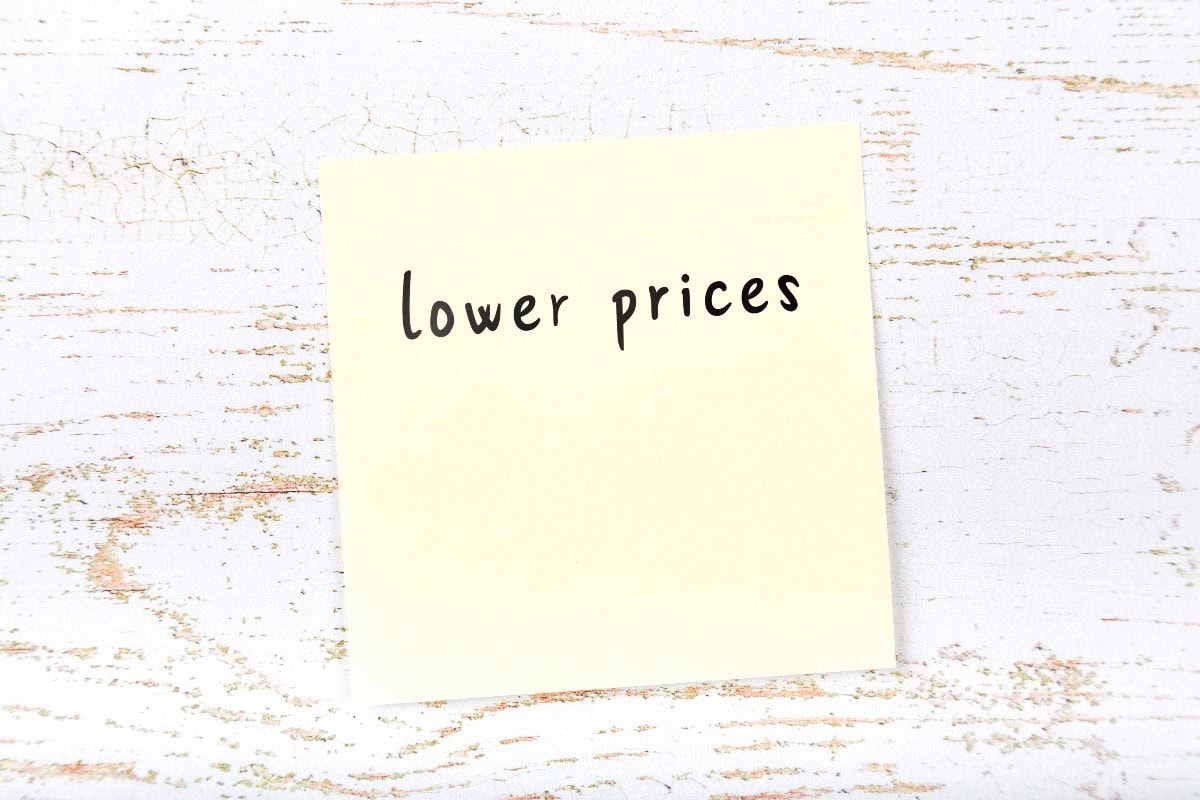
A dollar stretched much further in the 1960s, but product variety was limited. You might find only one brand of ketchup, and only a few cereal choices. Shopping took less time simply because there were fewer decisions to make.
Related Post: What You Feed Your Partner After A Long Week
Cashiers Punched in Prices by Hand
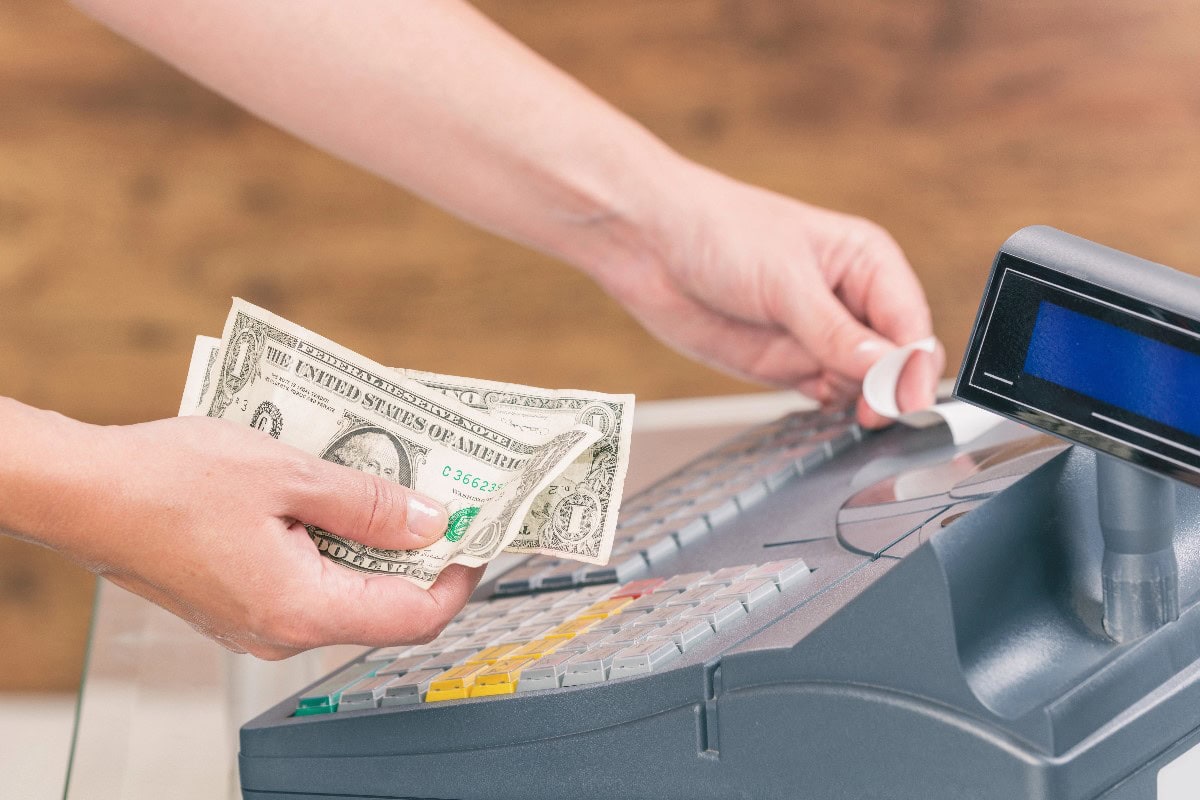
There were no barcode scanners; every item’s price was keyed in manually at checkout. This slowed things down, but also meant cashiers knew prices by memory. Receipts were short, and change was counted back carefully without error.
Related Post: 12 Grocery Items That Quietly Vanished And The Weird Stories Behind Them
Produce was Seasonal and Local by Default

Without global shipping or year round supply chains, most fruits and vegetables were tied to the season. That meant no strawberries in winter and no avocados unless you lived in California. Locals often planned meals around what was in stock that week.
Related Post: 13 Weird Food Facts You’d Only Know If You Grow Your Own
Packaging Looked Very Different
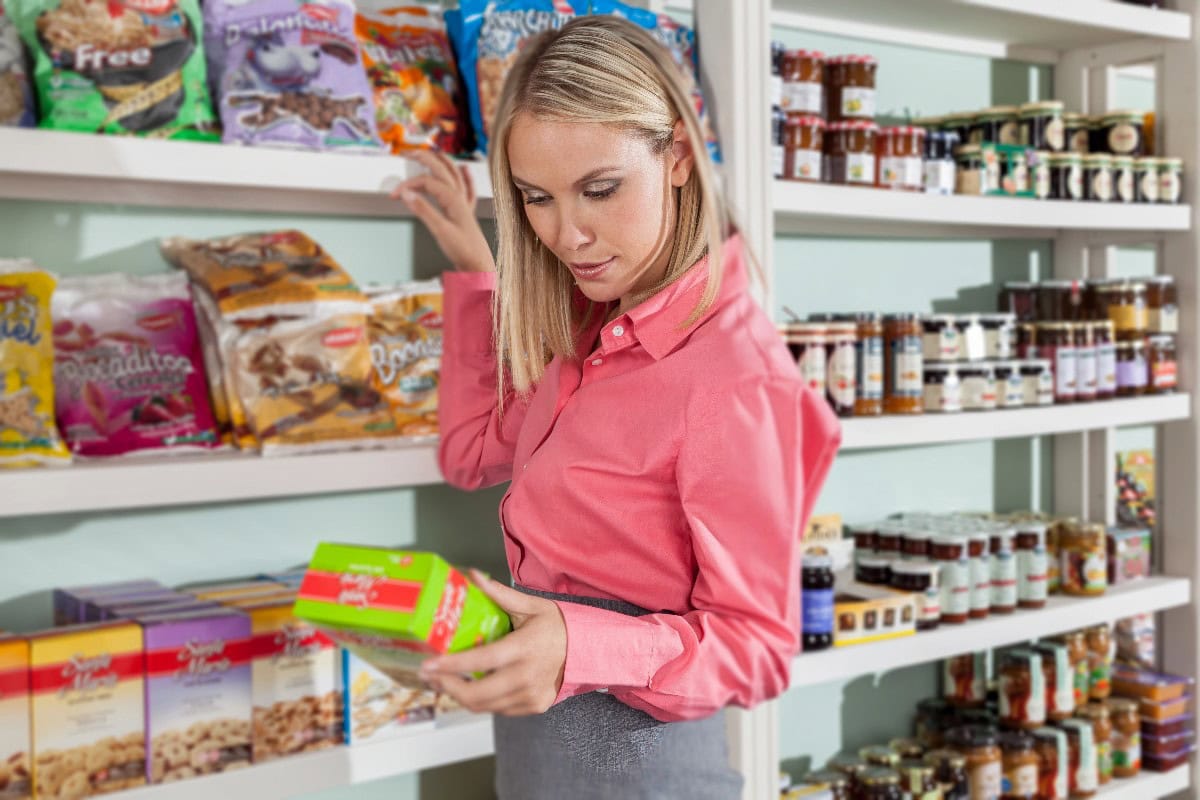
Brands used tin cans, glass jars, and cardboard boxes with simpler fonts and bold colors. Logos were less refined, but more iconic. Many longtime shoppers can still picture the exact labels from their childhood shelves.
Related Post: 10 Grocery Items That Are More Expensive In May For No Good Reason
Green Stamps Came with Every Purchase
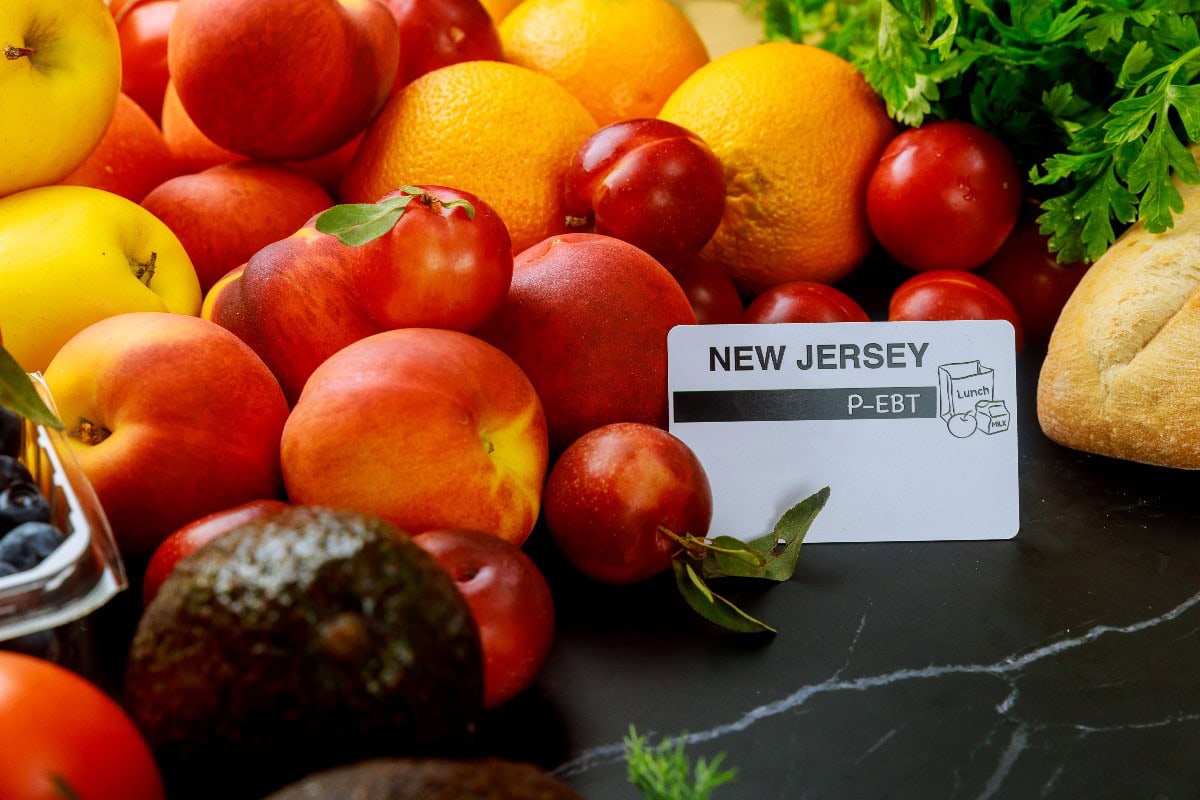
Many grocers handed out S&H Green Stamps, and customers collected them in books to redeem for household items. It was a reward system that felt personal and exciting, and families often saved for months to claim a prize together.
Related Post: 10 Mother’s Day Brunch Ideas That Won’t Leave You Stuck In The Kitchen
Sign up now to receive our exclusive e-cookbook filled with top-rated recipes for FREE!
For those who remember, grocery shopping in the 1960s was not just about food; it was about rhythm, relationships, and routine. Without the rush and noise of modern chains, each trip felt grounded in the familiar. It may have been simpler, but it was rich in its own quiet way.
Disclaimer: This list is solely the author’s opinion based on research and publicly available information.
11 Reasons Grocery Stores Were Better In The ‘70s

While today’s grocery stores offer endless aisles and self-checkout lanes, there’s a charm to the way things used to be. In the 1970s, shopping felt more personal, prices were lower, and the experience was refreshingly simple. Looking back, it’s clear that grocery stores of that era had some real advantages over today’s crowded, high-tech scenes.
Read it here: 11 Reasons Grocery Stores Were Better In The ‘70s
How to Save $100+ Every Month at the Grocery Store

From planning your meals to avoiding sneaky upcharges in the snack aisle, here’s a realistic guide to trimming your food budget without adding stress to your week.
Read it here: Things Moms Waste Money On (and Don’t Even Know It)
Is Walmart+ Still Worth It in 2025? The Truth After 3 Years

Is the new Walmart Plus worth the annual fee or is it just another failed version of Amazon Prime? I spent my own money trying this service out for 12 months and counting. I have a lot to say about the benefits and drawbacks in this Walmart+ honest review.
Read it here: Is Walmart+ Worth It? Honest Review 3 Years Later!
You’ll love these related posts:
- 15 No-Cook Summer Staples People Swear By In Southern States
- 10 Delis In New Jersey That Locals Say Beat Anything In NYC
- 11 Fast Food Chains Southerners Swear Taste Better Below The Mason-Dixon Line
- 13 Grocery Chains In The Midwest That Are Weirdly Addictive
- To The Woman Who Can’t Afford Organic Right Now
